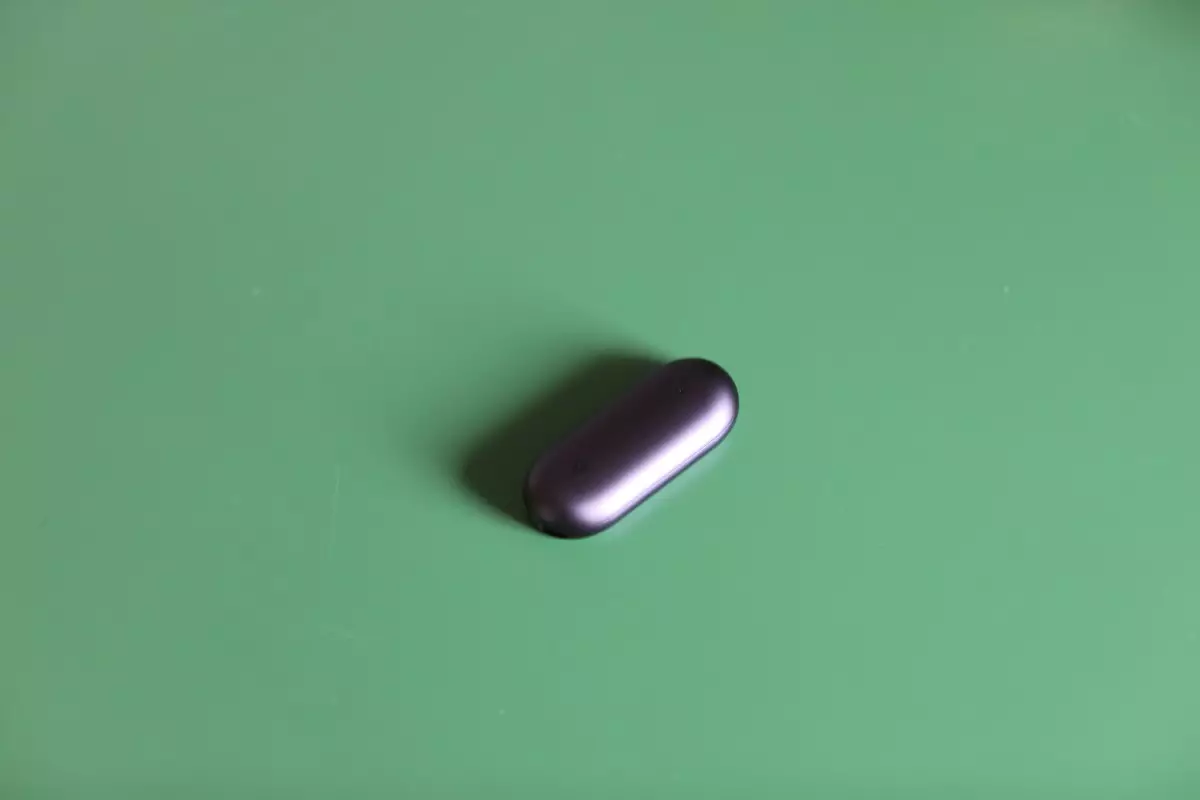In an age where communication is crucial, effective note-taking has become an essential skill for many professionals. Whether in a corporate setting or while pursuing independent projects, the challenge of capturing ideas succinctly and accurately remains a hurdle that many face. Traditional methods, such as jotting down notes by hand or typing on a laptop, often fall short when it comes to capturing the full depth of conversation. Though these methods serve a purpose, they can distract participants and lead to confusion in the note-taking process. The inadequacy of existing solutions has ushered in innovations aimed at addressing these pain points.
Recognizing these challenges, Plaud.AI has introduced the NotePin, a tool designed for those who struggle to document conversations in real-time. With the anticipation of advancing note-taking technology, one might ponder whether the NotePin is a game-changer or just another gadget in an already crowded market.
Historically, recording devices have offered straightforward solutions for preserving conversations, but most have been cumbersome and less effective than one might hope. Many individuals, particularly in dynamic work environments, have transitioned from bulky digital recorders to smartphones and laptops to capture audio. Alas, this shift hasn’t come without complications. Inadequate microphones typically lead to audio distortion, while typing or even handling devices can interrupt the fluidity of a discussion. As a result, the act of recording conversations often becomes a chore rather than a seamless integration into the communication process.
For professionals who take extensive notes during meetings, the difficulty of distinguishing which points demand attention and the challenges involved in organizing that information can be incredibly frustrating. Enter Plaud.AI’s NotePin, designed to alleviate these frustrations with a unique approach.
The NotePin appears to diverge from existing recording devices in several compelling ways. Its compact design allows wearers the flexibility to attach the device magnetically to clothing or wear it on their wrist. A simple tap initiates the recording process, signifying a commitment to capturing the dialogue. The NotePin’s real-time functionality allows users to save audio directly to their smartphones, streamlining the transition from conversation to transcribed notes.
Critics might question whether such a specialized device has a market in an era dominated by multifunction smartphones. Despite skepticism, the NotePin caters to a specific user base craving streamlined note-capturing solutions. For these individuals, the desire for more efficient meeting documentation outweighs the appeal of conventional methods. However, a looming question remains: Can Plaud.AI attract a substantial user base in a world where smartphones reign supreme?
At a retail price of $169, the NotePin comes with an introductory offering of 300 free monthly transcription minutes. Users must then decide whether to opt for a Pro plan at $6.60 per month, which significantly increases transcription minutes and encompasses additional features like custom templates and AI-assisted information extraction. While the pricing appears reasonable for professionals frequently engaged in meetings, the decision to upgrade hinges on individual usage patterns. For some, particularly those with a mix of telecommute and in-person meetings, the Pro features may not prove essential.
In an increasingly cost-conscious environment, Plaud.AI must convincingly demonstrate the value proposition of their subscription services if they wish to foster loyalty and enhance user satisfaction. Striking a balance between pricing and quality will be paramount for long-term success.
The collaboration with AI technology, particularly through the utilization of ChatGPT for transcription tasks, represents a significant leap forward. Users of the Plaud app can easily access audio recordings paired with accurate transcripts, enabling effortless sharing for collaboration. Notably, the interface emphasizes user-friendliness, encouraging even the most technologically hesitant individuals to engage.
However, despite these leaps in innovation, some users may find shortcomings, such as the inability to click on words in the transcription for audio playback. For seasoned note-taking tools users, like those of Otter.ai, this may feel like an inconvenience rather than a minor flaw. It will be interesting to see how Plaud.AI adapts in response to user feedback to refine the overall experience.
Ultimately, the Plaud.AI NotePin aims to reshape the way professionals engage in meetings and capture vital information. By honing in on specific needs—namely the hurdles involved in traditional note-taking and recording—the company offers a product designed with real-world applications in mind. However, the only thing left to ascertain is whether the niche audience can sustain the business model in an environment anchored by all-in-one smartphone functionality. As a journalist-facing struggles with conventional techniques, the NotePin appeals as a potential solution, inviting exploration from others navigating similar challenges.

